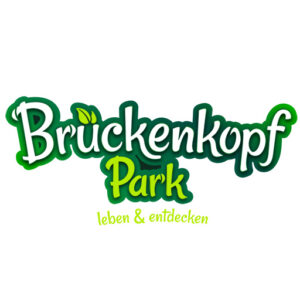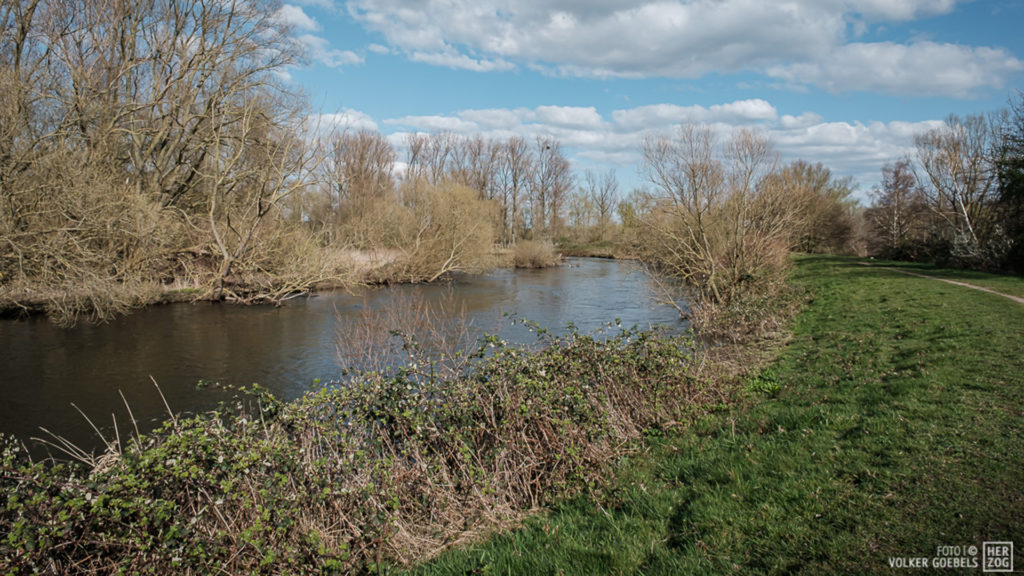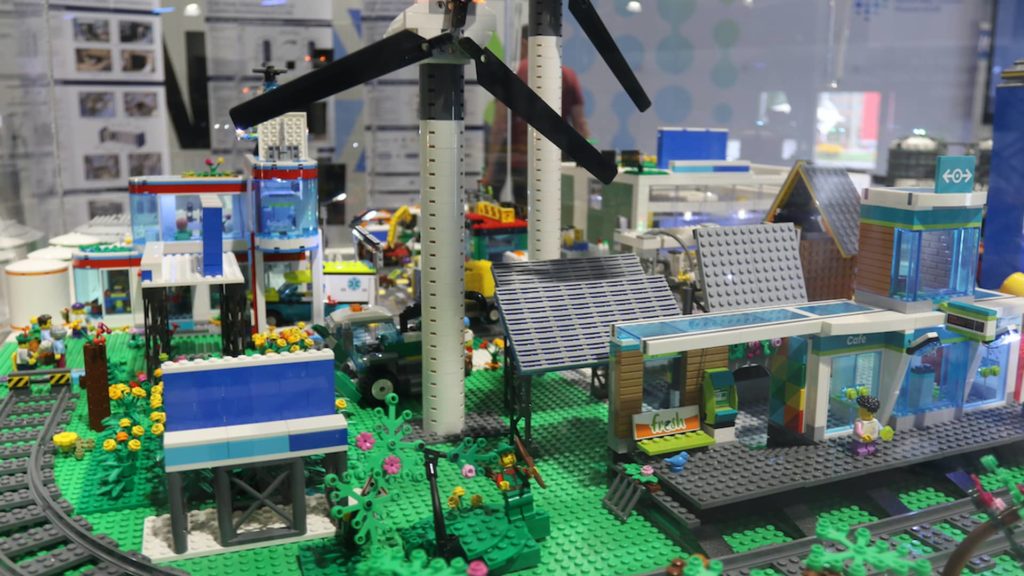The twenty-year French rule over the left-bank territories from 1794 to 1814 remains present in people’s memories today. However, the nearly hundred-year presence of Spanish troops and the consequences of Spanish rule and confessional conflicts in the Lower Rhine region from 1560 to 1660 are hardly remembered. An exhibition project by the Jülich Citadel Museum on the Spaniards in the Lower Rhine was presented by Guido von Büren and Nils Loscheider.
“In 1610, Jülich fell into the hands of the Dutch States General during a spectacular siege as part of the Jülich-Cleves succession dispute. In September 1621—400 years ago—a Spanish army marched to the gates of the fortified city of Jülich. The Dutch garrison held out against the siege for nearly half a year, despite the bitter cold and increasing food shortages. Finally, in early February 1622, the Dutch fortress commander had to surrender the fortress to the Spanish commander Ambrosio Spinola. This marked the beginning of a long period of Spanish occupation for the city, which would last until 1660. A striking visual source of the siege of 1621/1622 is the painting by the Flemish artist Pieter Snayers, who dramatically portrayed the events surrounding Jülich a few years later.
“Allegedly, the Spaniards ruled with an iron fist and were despised by the local population. However, they did not leave Jülich until 1660, when they returned the city to the Palatinate. The city grew only very slowly, but by 1646, there were already 335 residential houses in Jülich.”
















